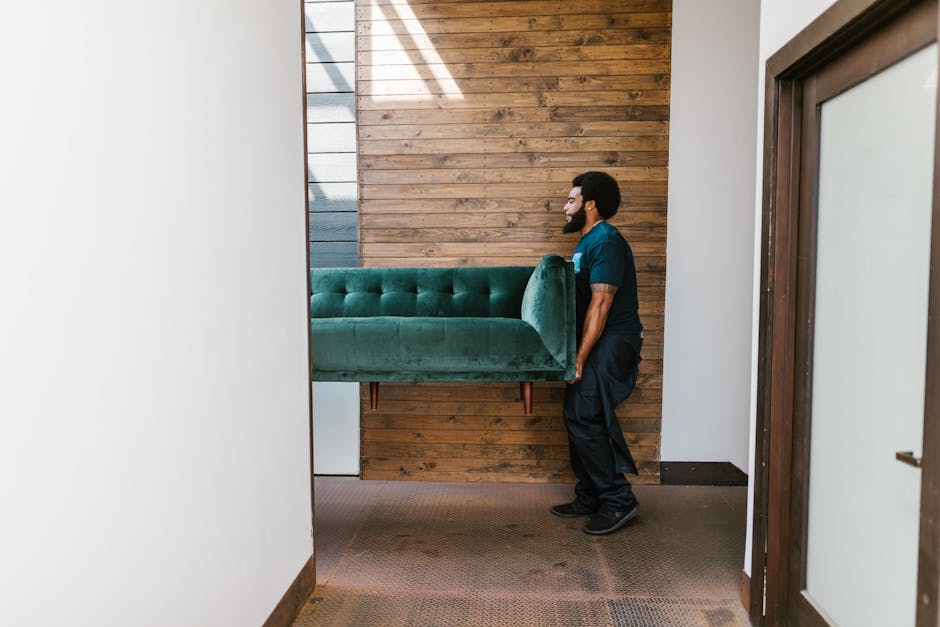
Mobile Phone 3D Scanning: Capturing Objects in Three Dimensions
Mobile Phone 3D Scanning: Capturing Objects in Three Dimensions
The Rise of Portable 3D Scanning
In an era where technology continues to shrink in size while expanding in capability, mobile phone 3D scanning has emerged as a revolutionary tool for creators, designers, and everyday users alike. Gone are the days when 3D scanning required bulky, expensive equipment—today, the power to capture objects in three dimensions fits snugly in our pockets. With just a smartphone camera and specialized software, users can now digitize real-world objects with remarkable precision, opening up new possibilities in fields ranging from augmented reality to e-commerce.
How It Works
Modern mobile 3D scanning leverages advanced algorithms, depth sensors (such as LiDAR on newer iPhones), and photogrammetry techniques to reconstruct objects in digital space. By taking multiple photos from different angles or using real-time depth mapping, the software stitches together a detailed 3D model. Some apps even allow for texture and color capture, producing lifelike digital replicas. Whether scanning a small figurine for 3D printing or capturing a room for virtual staging, the process is now more accessible than ever.
Applications Across Industries
The versatility of mobile 3D scanning has led to its adoption in diverse sectors:
- E-Commerce & Retail: Online stores can showcase products in 3D, allowing customers to inspect items from every angle before purchasing.
- Gaming & AR/VR: Developers use scanned objects to populate virtual worlds with realistic assets, enhancing immersion.
- Architecture & Interior Design: Professionals can quickly digitize spaces for remodeling or virtual walkthroughs.
- Education & Preservation: Museums and educators can create 3D models of artifacts, making them accessible to a global audience.
The Future of Mobile 3D Scanning
As smartphone cameras and processors continue to improve, so too will the accuracy and ease of mobile 3D scanning. Future advancements may include real-time collaborative scanning, AI-assisted model refinement, and deeper integration with augmented reality platforms. What was once a niche technology is rapidly becoming a mainstream tool, empowering anyone with a smartphone to capture, create, and share in three dimensions.
With each update and innovation, mobile 3D scanning brings us closer to a world where the digital and physical seamlessly intertwine—one scan at a time.







